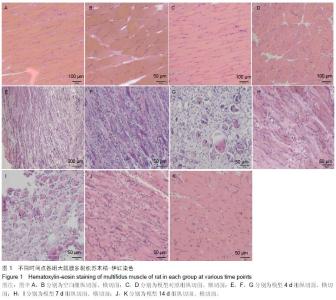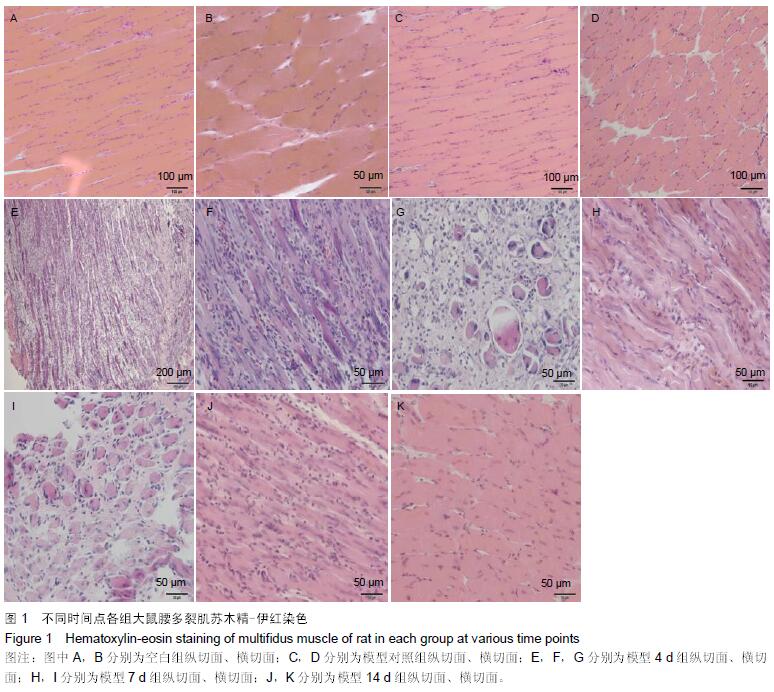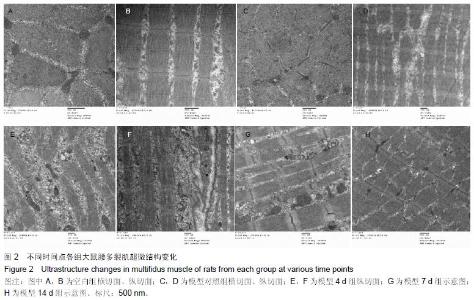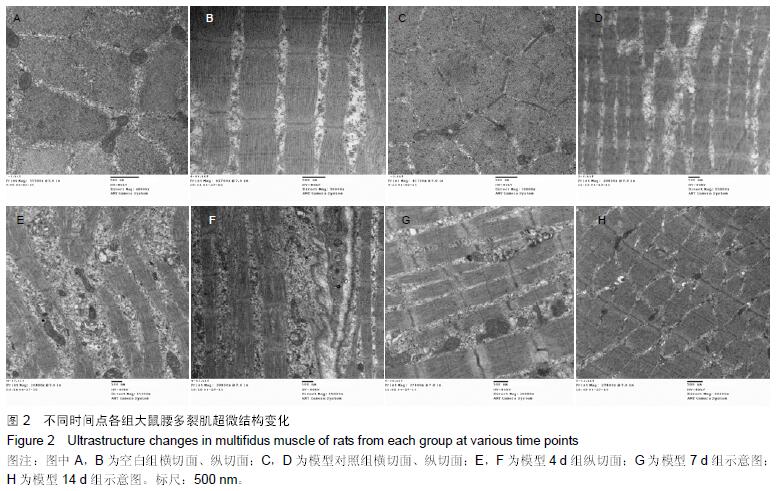| [1] Koehler A, Oertel R, Kirch W. Simultaneous determination of bupivacaine, mepivacain, prilocaine and ropivacain in human serum by liquid chromatography-tandem mass spectrometry. J Chromatogr A. 2005;1088(1-2):126-130. [2] Amaniti E, Drampa F, Kouzi-Koliakos K, et al. Ropivacaine myotoxicity after single intramuscular injection in rats. Eur J Anaesthesiol. 2006;23(2):130-135. [3] Casati A, Putzu M. Bupivacaine, levobupivacaine and ropivacaine: are they clinically different. Best Pract Res Clin Anaesthesiol. 2005;19(2):247-268. [4] Leone S, Di Cianni S, Casati A, et al. Pharmacology, toxicology, and clinical use of new long acting local anesthetics, ropivacaine and levobupivacaine. Acta Biomed. 2008;79(2):92-105. [5] Ji J, Yan X, Li Z, et al. Therapeutic effects of intrathecal versus intravenous monosialoganglioside against bupivacaine-induced spinal neurotoxicity in rats. Biomed Pharmacother. 2015;69:311-316. [6] Wen X, Xu S, Liu H, et al. Neurotoxicity induced by bupivacaine via T-type calcium channels in SH-SY5Y cells. PLoS One. 2013;8(5):e62942. [7] Kandemir U, Maltepe F, Ugurlu B, et al. The effects of levosimendan and dobutamine in experimental bupivacaine-induced cardiotoxicity. BMC Anesthesiol. 2013;13(1):28. [8] Choi YS, Lee KH. Insulin effect on bupivacaine-induced cardiotoxicity in rabbits. Korean J Anesthesiol. 2011; 61(6):493-498. [9] Taguchi T, Hoheisel U, Mense S. Dorsal horn neurons having input from low back structures in rats. Pain. 2008;138(1):119-129. [10] 张学林,史冀鹏,高晓娟,等. 针刺对离心运动性骨骼肌过度使用损伤的治疗研究[J]. 中国运动医学杂志,2013, 32(10): 899-909. [11] 刘明燕,王大安.股二头肌急性拉伤动物模型的建立[J].中国运动医学杂志,2012,31(1):48-52. [12] 宋吉锐,柏树令.电剌激鼠骨骼肌后肌血流量及肌纤维结构变化的研究[J].中国医科大学学报,2001,30(4):248-250. [13] Armstrong RB, Ogilvie RW, Schwane JA. Eccentric exercise-induced injury to rat skeletal muscle. J Appl Physiol Respir Environ Exerc Physiol. 1983;54(1):80-93. [14] 姚明华,黄强民. 肌筋膜触发点疼痛的实验动物模型研究[J].中国运动医学杂志,2009,28(4):415-418. [15] Cahoon NJ, Naparus A, Ashrafpour H, et al. Pharmacologic prophylactic treatment for perioperative protection of skeletal muscle from ischemia-reperfusion injury in reconstructive surgery. Plast Reconstr Surg. 2013;131(3):473-485. [16] Hill M, Goldspink G. Expression and splicing of the insulin-like growth factor gene in rodent muscle is associated with muscle satellite (stem) cell activation following local tissue damage. J Physiol. 2003;549(Pt 2):409-418. [17] Hogan Q, Dotson R, Erickson S, et al. Local anesthetic myotoxicity: a case and review. Anesthesiology. 1994; 80(4):942-947. [18] Pere P, Watanabe H, Pitkänen M, et al. Local myotoxicity of bupivacaine in rabbits after continuous supraclavicular brachial plexus block. Reg Anesth. 1993;18(5):304-307. [19] Kyttä J, Heinonen E, Rosenberg PH, et al. Effects of repeated bupivacaine administration on sciatic nerve and surrounding muscle tissue in rats. Acta Anaesthesiol Scand. 1986;30(8):625-629. [20] Zink W, Graf BM. Local anesthetic myotoxicity. Reg Anesth Pain Med. 2004;29(4):333-340. [21] Öz Gergin Ö, Y?ld?z K, Bayram A, et al. Comparison of the myotoxic effects of levobupivacaine, bupivacaine, and ropivacaine: an electron microscopic study. Ultrastruct Pathol. 2015;39(3):169-176. [22] Benoit PW, Belt WD. Destruction and regeneration of skeletal muscle after treatment with a local anaesthetic, bupivacaine (Marcaine). J Anat. 1970;107(Pt 3):547-556. [23] Galbes O, Bourret A, Nouette-Gaulain K, et al. N-acetylcysteine protects against bupivacaine-induced myotoxicity caused by oxidative and sarcoplasmic reticulum stress in human skeletal myotubes. Anesthesiology. 2010;113(3):560-569. [24] Cherng CH, Wong CS, Wu CT, et al. Intramuscular bupivacaine injection dose-dependently increases glutamate release and muscle injury in rats. Acta Anaesthesiol Taiwan. 2010;48(1):8-14. [25] Zink W, Graf BM, Sinner B, et al. Differential effects of bupivacaine on intracellular Ca2+ regulation: potential mechanisms of its myotoxicity. Anesthesiology. 2002; 97(3):710-716. [26] Benoit PW, Yagiela A, Fort NF. Pharmacologic correlation between local anesthetic-induced myotoxicity and disturbances of intracellular calcium distribution. Toxicol Appl Pharmacol. 1980;52(2):187-198. [27] Li R, Ma H, Zhang X, et al. Impaired autophagosome clearance contributes to local anesthetic bupivacaine-induced myotoxicity in mouse myoblasts. Anesthesiology. 2015;122(3):595-605. [28] Goll DE, Neti G, Mares SW, et al. Myofibrillar protein turnover: the proteasome and the calpains. J Anim Sci. 2008;86(14 Suppl):E19-35. [29] Esposito A, Germinario E, Zanin M, et al. Isoform switching in myofibrillar and excitation-contraction coupling proteins contributes to diminished contractile function in regenerating rat soleus muscle. J Appl Physiol (1985). 2007;102(4):1640-1648. [30] Chen W, Ruell PA, Ghoddusi M, et al. Ultrastructural changes and sarcoplasmic reticulum Ca2+ regulation in red vastus muscle following eccentric exercise in the rat. Exp Physiol. 2007;92(2):437-447. [31] Tiidus PM, Deller M, Liu XL. Oestrogen influence on myogenic satellite cells following downhill running in male rats: a preliminary study. Acta Physiol Scand. 2005;184(1):67-72. [32] Hill M, Goldspink G. Expression and splicing of the insulin-like growth factor gene in rodent muscle is associated with muscle satellite (stem) cell activation following local tissue damage. J Physiol. 2003;549 (Pt 2):409-418. |



